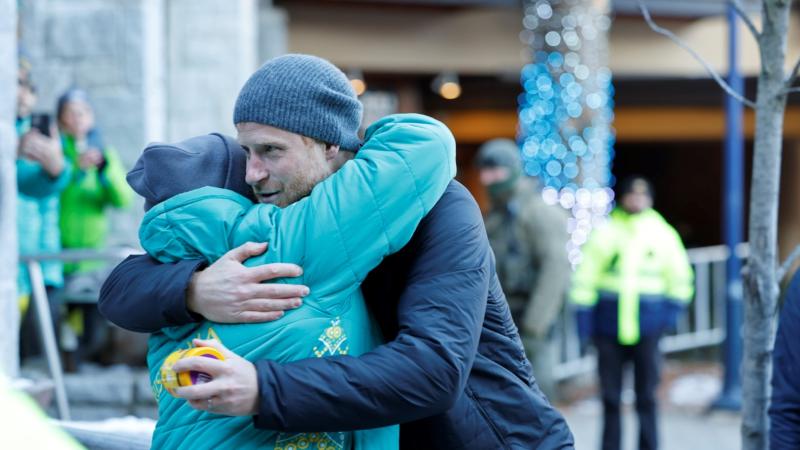This article is part of The Conversation’s six-part series on insomnia, which charts the rise of insomnia during industrialisation to sleep apps today. Read the first article in the series .
Authors
Aaron Schokman
PhD Candidate, University of Sydney
Nick Glozier
Professor of Psychological Medicine, BMRI & Disciplne of Psychiatry, University of Sydney
Hollywood appears fascinated by sleep’s impact on the mind and body.
Blockbuster movies featuring someone living with insomnia include (1993), (1999) and (2002).
But how well do these and other portrayals compare with what it’s really like to live with insomnia?
As we’ll see, most movies tend to either minimise or exaggerate symptoms. Insomnia is rarely depicted as a treatable illness. And these portrayals have implications for the estimated of us with at least one insomnia symptom.
Back in the real world
Insomnia is a common where a person struggles to fall asleep, stay asleep, or wakes up too early – despite having adequate opportunity for sleep.
of adults experience significant insomnia to the degree that it causes distress or impairs daily life.
It’s a common misconception that insomnia is only a night-time issue. can impact your ability to stay awake and alert during the day. It can also affect your .
At work, you might be more prone to accidents, more forgetful, or make poorer decisions. At home, you might be irritable or short with your friends and family.
So what is it like living with insomnia? Apart from the effects of poor sleep quality, many people experience about the night ahead from the moment they wake up. From early in the day, people plan how they can improve their sleep that night.
found
people living with insomnia felt their sleep concerns were often trivialised or misunderstood by health-care professionals, and stigmatised by others.
Movies can minimise symptoms …
Nicholas Galitzine’s character in the recent romcom (2023) has insomnia. We’re briefly told he struggles to fall asleep at night. However, we never see any meaningful impact on his life or depiction of the difficulty living with insomnia entails.
That said, minimising the impact of insomnia can have benefits. It shows insomnia is an invisible illness, doesn’t have obvious visual symptoms and anyone can have it.
But this can perpetuate the expectation someone with insomnia should be able to function unencumbered. Or it can fuel the misconception having insomnia may be beneficial, as in (1957).
… or exaggerate symptoms
But most Hollywood portrayals of insomnia tend to depict the most extreme cases. These usually feature insomnia as a symptom of another condition rather than a disorder itself, as is commonly experienced.
These movies tend to be psychological thrillers. Here, insomnia is often used as an enigma to keep the audience guessing about which events are real or figments of a character’s imagination.
Take (2004), for example. The main character is emaciated, ostracised and plagued by paranoia, hallucinations and delusions. It’s only towards the end of the movie we learn his insomnia may be the result of a , such as post-traumatic stress disorder.
Hollywood’s focus on extreme cases of insomnia is a recurring pattern (for instance, 1999, 2005).
It’s understandable why Hollywood latches onto these extreme portrayals – to entertain us. Yet these portrayals of insomnia as something more severe or threatening, like psychosis, can increase anxiety or stigma among people living with insomnia.
While it’s true other medical conditions including can lead to insomnia, insomnia often exists on its own. Insomnia is often more mundane things like too much stress, lifestyle and habits, or longer daylight hours at higher latitudes (such as in , 2002).
Something these exaggerated portrayals do well is highlight the impact sleep deprivation can have on safety, albeit extremely dramatised. Regardless of profession, at night can substantially impact cognitive function, increasing the chance of making a mistake.
Movies rarely depict treatment
It is rare to see insomnia depicted as a health condition requiring medical care. Very few characters struggling with insomnia seek or receive help for it.
An exception is the narrator in (1999). But he has to pretend to have other illnesses to receive therapy, again suggesting insomnia is not a legitimate condition.
Why does accurate representation matter?
Many people only learn about the symptoms and impact of sleep disorders through pop culture and film. These portrayals can affect how others think about these disorders and can impact how people living with these disorders think about themselves.
Uniform and stereotypical portrayals of insomnia can also impact people’s .
Most of these films show young or middle-aged men experiencing insomnia. Yet women are to have insomnia than men. Insomnia is also in older adults, people with a lower socioeconomic background and those living alone. People at higher risk of developing insomnia might not recognise their risk or symptoms if their experience doesn’t match what they’ve seen.
We can do better
While the reality of living with insomnia may not be particularly cinematic, filmmakers can surely do better than using it as a convenient plot point.
There are a number of main characters living with different health conditions across pop culture. For instance, the movie (2016) features someone with and the TV series (2017-2021) features someone’s experience living with autism.
But if you’re looking for an accurate portrayal of insomnia, Hollywood still has some way to go. It’s about time insomnia is depicted in a way that accurately reflects people’s experiences.
![]()
Aaron Schokman is a member of the Sleep Health Foundation’s Consumer Reference Council
Nick Glozier has received funding from the Australian Research Council and NHRMC for sleep health research, consults to organisations that provide digital and pharmacological insomnia treatments, and has IP in a sleep app.






